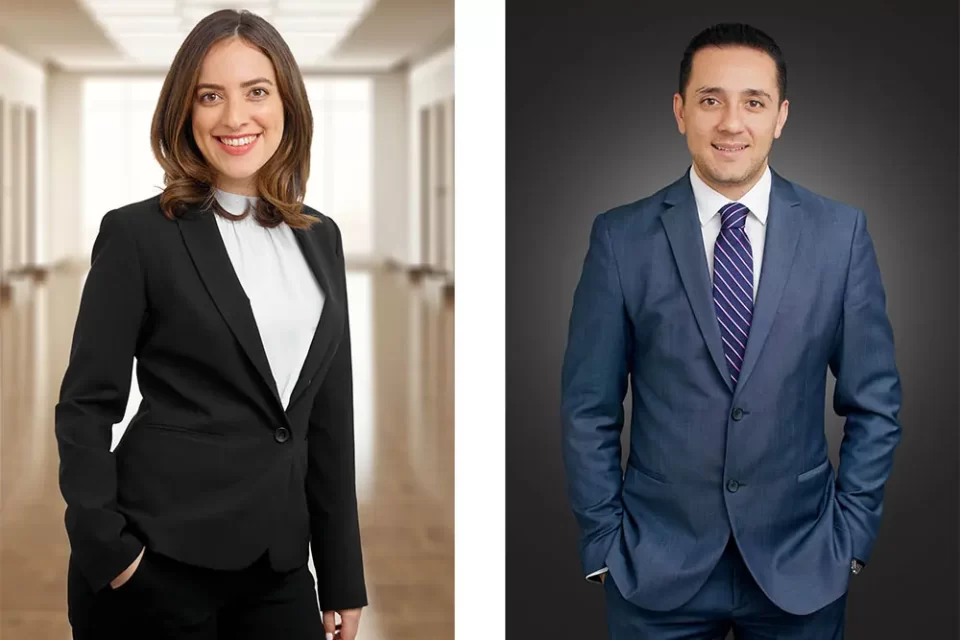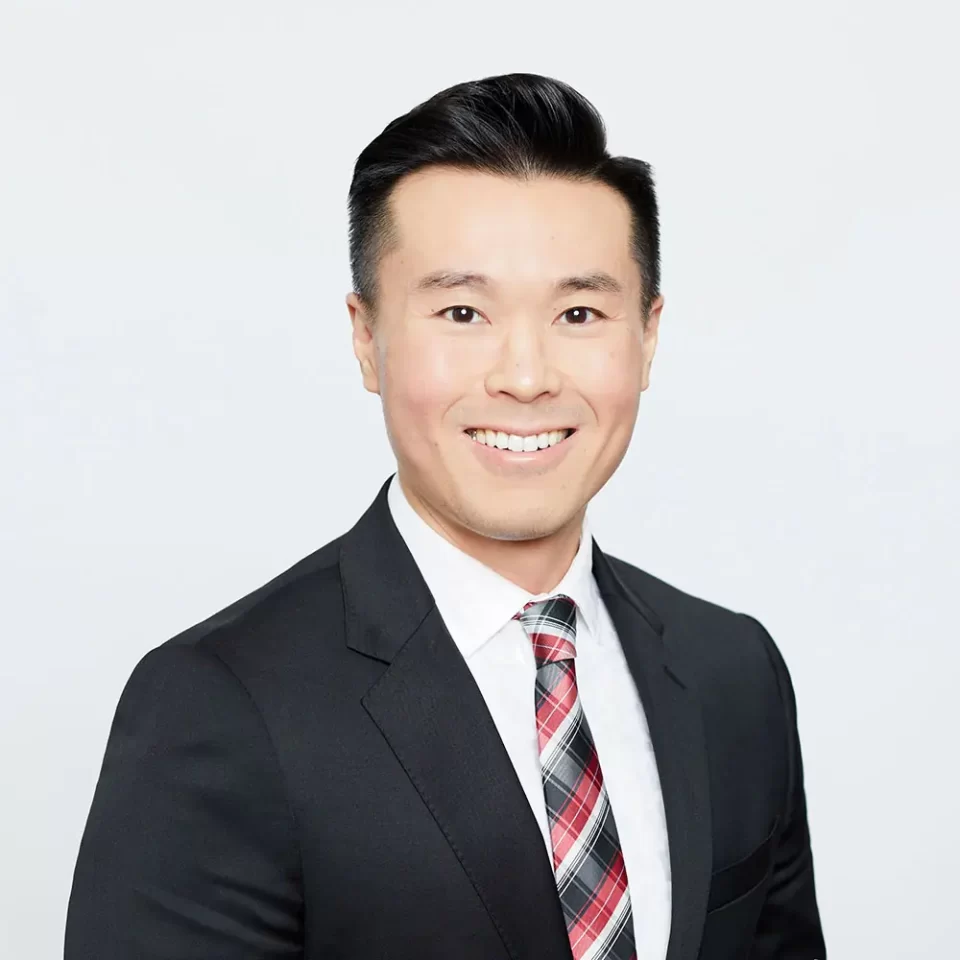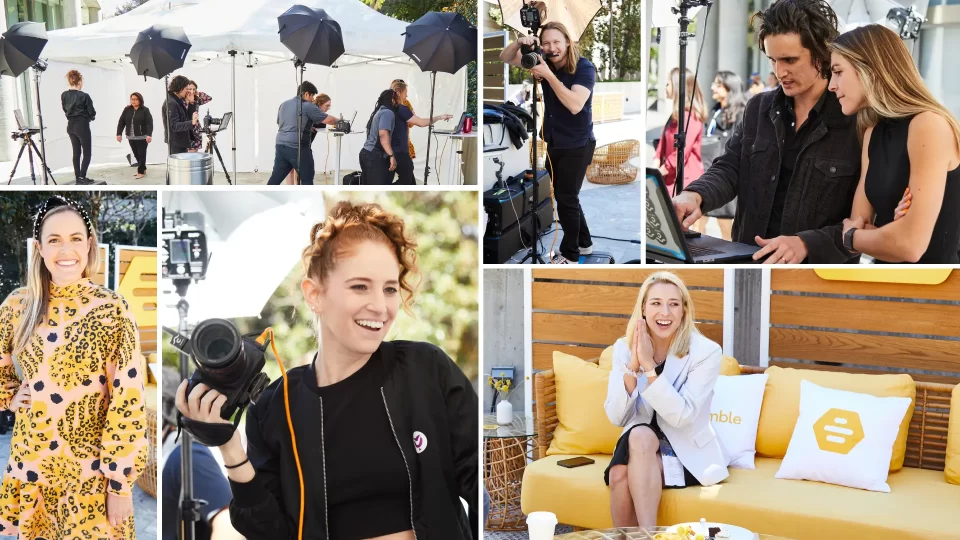What is an AI Headshot?
Is an AI-generated headshot a fake headshot?
An AI headshot refers to a headshot image that has been generated or enhanced using Artificial Intelligence (AI) technology.
AI headshots are portraits created using algorithms and machine learning techniques to analyze, interpret, and manipulate images to produce more refined and polished results. This technology can enhance various aspects of a headshot, such as lighting, skin texture, background removal, and overall image quality.
AI-Based Headshot Retouching

AI-Based Headshot Retouching: AI can be employed to automatically retouch headshots, smooth skin, remove blemishes, reduce wrinkles, and improve overall facial features. This process can create a more polished and flattering appearance while retaining the subject’s natural look. Professional headshots are essential for individuals seeking to make a strong first impression in the professional world.
AI Headshot Generators
AI Headshot Generators: AI headshot generators use neural networks and deep learning models to produce realistic headshot images of non-existent people. These generators can create entirely new and unique headshots with facial features, expressions, and even diverse demographics. Photorealistic images generated by AI headshot tools have gained popularity for their stunning realism.
Advantages of AI Headshots
AI headshots have become increasingly popular due to their ability to streamline and improve the headshot creation process. They can save time and resources for photographers and individuals looking for high-quality headshots without extensive post-processing.
However, it’s essential to ensure that AI-generated headshots remain authentic and accurately represent the individual’s appearance. Fake headshots should be avoided to maintain professional credibility.
AI-Based Retouching Process
AI-based retouching works using advanced machine learning algorithms and computer vision techniques. The process involves training an AI model on a large dataset of images, including both retouched photos and unretouched photographs.
The AI model learns to analyze and understand the features of facial images, such as facial features, skin texture, facial contours, and color tones.
Dataset Collection and Training the AI Model
A vast dataset of images is collected to train the AI model. This dataset typically contains images of people’s faces with various skin types, ages, and lighting conditions. The dataset includes both original (unretouched) images and professionally retouched images.
The AI model is usually built using deep learning techniques, such as Convolutional Neural Networks (CNNs). The model is trained on the dataset, where it learns to recognize patterns and features that indicate facial imperfections, such as blemishes, wrinkles, and uneven skin tones.
Mapping Imperfections
During training, the AI model maps imperfections in the original images and the corresponding retouched versions. It learns the transformations needed to make the unretouched images resemble the retouched ones.

Automated Retouching
Once the AI model is trained, it can automatically retouch new images. When a user uploads a headshot for retouching, the AI model analyzes the image and identifies areas that may benefit from improvement. The AI model uses its learned knowledge to smooth skin textures, remove blemishes, and reduce wrinkles while preserving natural-looking details. The AI model may also adjust lighting and color tones to enhance the overall appearance of the headshot.
Preserving Realism and Customization Options
To ensure the retouched headshot remains realistic and authentic, AI-based retouching algorithms are designed to retain natural facial features and avoid an overly airbrushed or plastic appearance. Some AI-based photo retouching tools allow users to customize the level of retouching according to their preferences. Users can control the intensity of skin smoothing and other enhancements to achieve their desired results. A professional-looking headshot can be achieved with the right balance of retouching and authenticity.
AI Headshot Generators Process
An AI headshot generator uses advanced machine learning techniques, particularly deep learning algorithms and neural networks. The process involves several key steps to create realistic and diverse headshot images of non-existent individuals.
Data Collection
The AI headshot generator needs a vast dataset of real-life headshot images to learn from. These datasets typically include thousands of photographs of real people with various facial features, expressions, and backgrounds.
Training the Neural Network
The AI headshot generator uses a type of neural network called a Generative Adversarial Network (GAN). The GAN consists of two components: the generator and the discriminator. The generator network is responsible for creating new headshot images.
Initially, it starts with random noise and the algorithm attempts to generate professional headshots that resemble real images from the training dataset. The discriminator network acts as a “critic” that evaluates the authenticity of the generated headshots. It has been trained on the real headshot dataset and can distinguish between real and fake images.
Adversarial Training and Iterative Refinement
During the training process, the generator and discriminator networks are pitted against each other in a competition. The generator aims to produce more realistic headshots to fool the discriminator, while the discriminator continually improves its ability to differentiate real from generated images. As the generator and discriminator networks continue to compete, the generator gradually improves its ability to create more authentic-looking headshots. The training process is iterated many times until the generator can consistently and easily generate convincing and realistic headshots.
Diversity Control and Output Generation
AI headshot generators often include techniques to control the diversity of the generated headshots. This allows users to specify certain attributes, such as age, gender, or ethnicity, to generate headshots that match specific criteria. Once the AI headshot generator is trained, it can produce entirely new headshot images based on the patterns and features it learned from the training dataset.
Ethical Considerations

It’s important to note that AI headshot generators are trained on real data, and their output is a combination of learned patterns and randomness. While they can produce impressive and realistic headshots, the generated images are not actual photographs of real individuals but rather creations of the AI model. As with any AI application, ethical considerations and data privacy are essential when using AI headshot generators to ensure responsible and respectful use of the technology.
What did we learn?
AI headshots have undoubtedly transformed the landscape of professional photography, providing efficient tools for retouching and generating headshots. Whether through AI-based retouching or AI headshot generators, this technology offers numerous benefits, including streamlined post-processing, diverse character creation, and immersive VR experiences.
However, the responsible and ethical commercial use of AI headshots remains paramount. Striking a balance between AI enhancements and preserving individual authenticity is essential to build trust and credibility. As technology continues to progress, developers, users, and society as a whole must be mindful of the impact of AI headshots and ensure that it is harnessed for the greater good.






